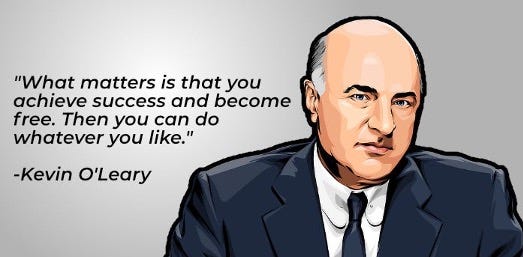I was talking to my mentor this week when he told me he was selling his Amazon stock. The sentence caught me off guard. Not because I am a believer in Amazon stock (imo, it is overpriced in the short term), but because nobody sells Amazon stock when it has been up 35% YTD or sells a tech stock when everyone is talking about AI. On probing further, he said he is heavily concentrated on Amazon. The rationale made sense. However, it made me ask myself, “What is my exposure on Amazon? Do I know? Can I know?”
Figure 1: Portfolio Risk reduces as the number of securities increase
I have covered duration risk a lot in one of my previous posts about Silicon Valley Bank Collapse. However, I want to take this write to go over the concentration risk.
About Me: I work at Amazon as an L5 engineer. I have an average base salary. Since I have completed two years at Amazon (I miss my sign on bonus), my RSUs would be vesting every six months going forward.
About My Portfolio: My portfolio is slightly complicated. It consists of fixed income - investment grade corporate bonds and fallen angels (a bond that was initially given an investment-grade rating but has since been reduced to junk bond status), treasury bonds, a basket of corporate bonds (LQD), REITs (real estate investment trusts), Certificate of Deposits, Gold, S&P 500 ETFs, Berkshire Hathaway and a lot of single stocks majority of which is Amazon, Amazon RSUs. At the onset, it seems like a well diversified, well managed portfolio.
However, if I look closely, I can easily tell I am exposed on Amazon. Amazon was/is my biggest holding before working there. I bought Amazon stock with my savings when it was at $2K (before the stock split) until it reached $3400. I joined Amazon when the stock was at $3400 and have never bought it since. However, I did get a few RSUs (thank God for the stock split), which increased my exposure. Unfortunately, that is not all.
While it is easy to calculate my direct exposure, I do have a lot of indirect exposure. I have the following ETFs which also have hold Amazon as a security. I list the ETFs and their exposure below:
VOO - S&P 500 ETF - 2.7%
QQQ - Nasdaq-100 ETF - 6.7%
VTI - Vanguard Total Stock Market Index Fund ETF -2.2%
OGIG - Global Internet Giants ETF - 5%
VOOV - Vanguard S&P 500 Value ETF - 3.1%
RTH - Retail ETF - 23.5%
Although there are other securities that also have exposure to Amazon or have cross-dependencies. For example, Berkshire Hathaway owns 0.5% of Amazon or Rivian, which has an exclusive contract with Amazon. Since it is hard to calculate the exact exposure from these companies, I will exclude it from my calculations.
After trying for 3 hours to find a tool that could breakdown the ETFs and give me direct and indirect exposure, I failed. There is no tool that is available to public that can do that. This is hard to believe. There are a lot of aggregators that can help aggregate your portfolio from different brokerages and investment accounts. The best they can give is exposure by sector. However, that might also be incorrect as most of them consider S&P500 to be in the technology sector as shown below.
Figure 2: S&P 500 ETF VOO is classified in Technology Sector
Unable to find a solution online, I tried doing it myself. The research to identify the Amazon concentration within each ETF was not intensive. After doing all the math, my total exposure on Amazon came out to be at 6%. Since my salary is also coming from Amazon, I am all in. I often describe myself as disciplined, value, active and conservative investor. I have learned that I will follow value investing path to achieve financial freedom as I explained in my previous post. Having 6% exposure on a single stock is not smart and makes me apprehensive. I want to follow the similar covenants what Kevin O’Leary mentions in this video - 5% is the maximum single stock exposure I will have (direct + indirect). I won’t go over 20% for any specific sector.
Figure 3: One of the best quotes from Kevin O’Leary
I have leaned a lot from Warren Buffett over the last three years and it goes beyond investing (so much so that I will try my best to go to Omaha next year for the annual meeting). I have also learned that I cannot go all-in on few single stocks like Buffett and Munger do. Instead, I will diversify my portfolio as Nobel Prize laureate Harry Markowitz said, “diversification is the only free lunch in investing”.
In the next few months, I will be focusing on two things: reducing exposure to Amazon, selling single stocks and making my portfolio follow the covenants I mentioned above.
For those of you interested about the performance of my portfolio, I am beating the index by 4.5% right now. This proves the point, because Amazon is up 35% and the index just 10%,. 40% of my portfolio growth is coming from Amazon.
Figure 4: My Portfolio compared to S&P 500
Also, I will build a tool that can help other people do the same. Based on a quick chat with a few friends, the idea seems to have some merit and adoption.







